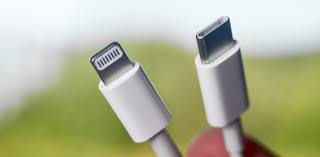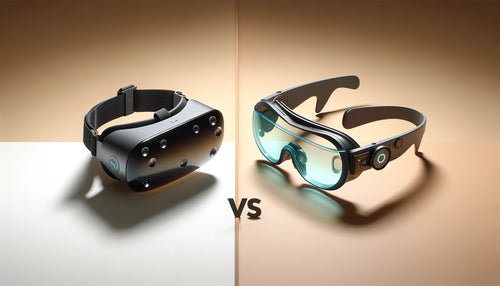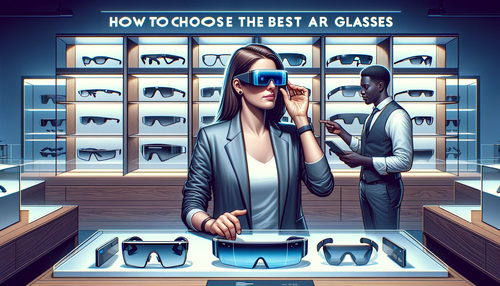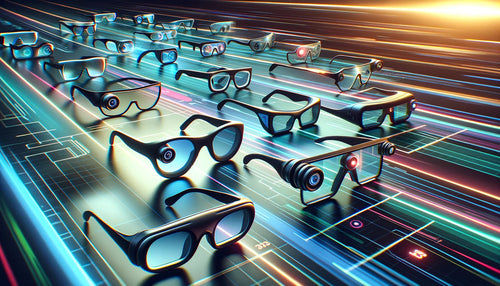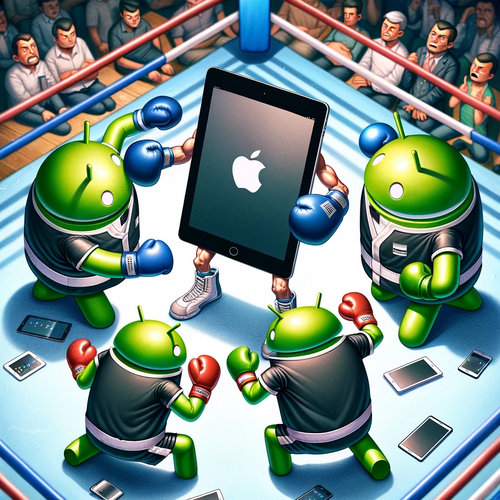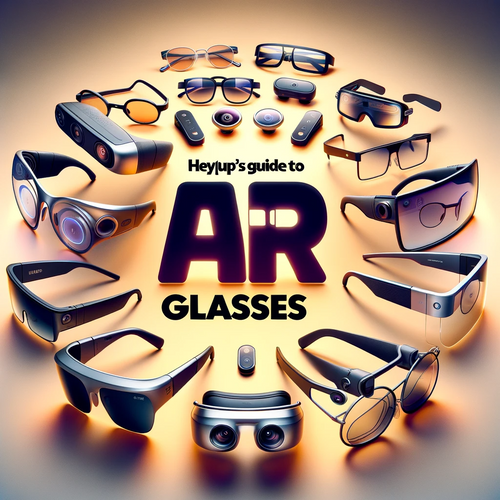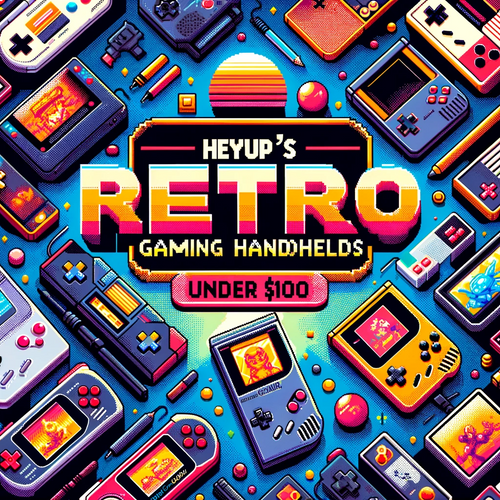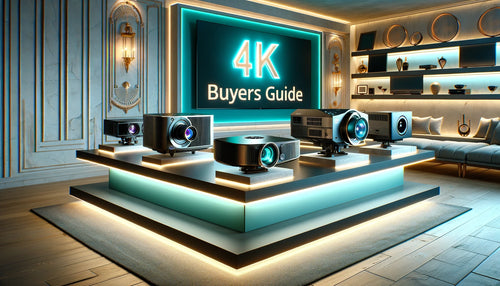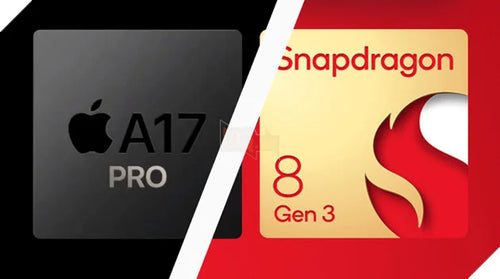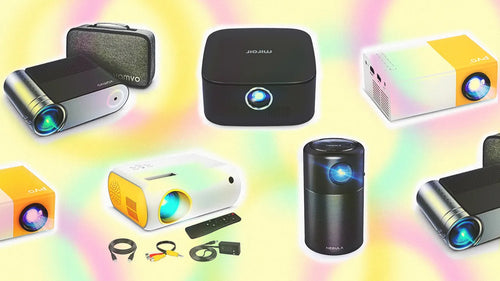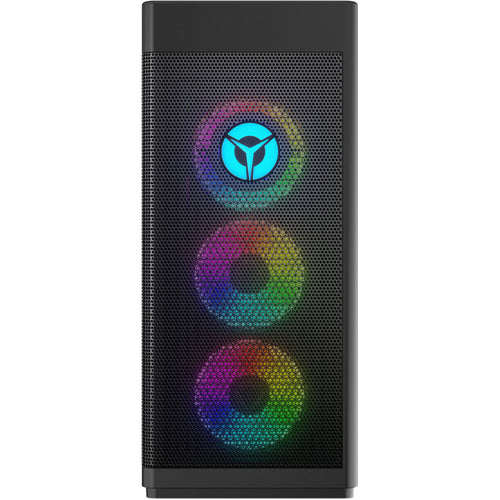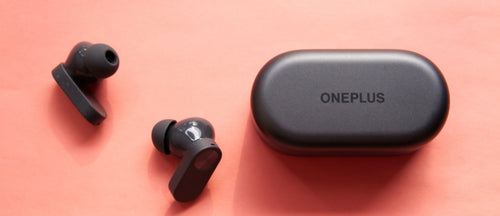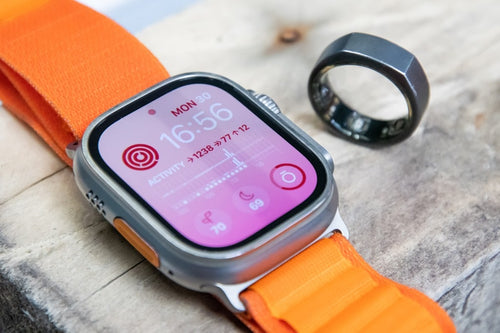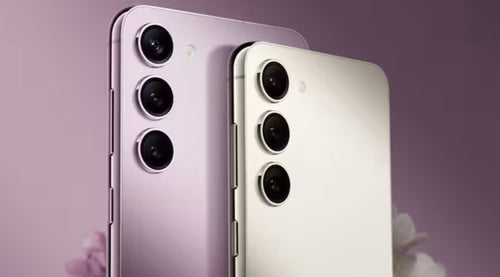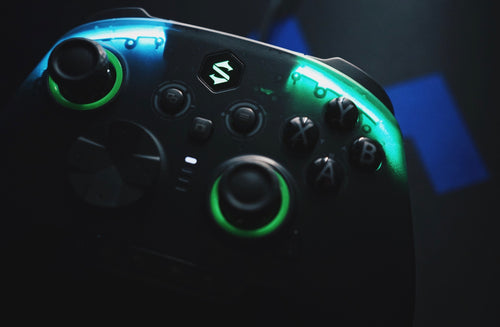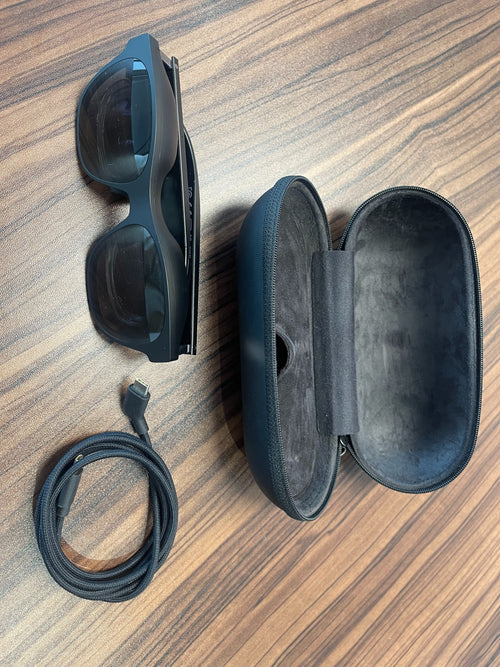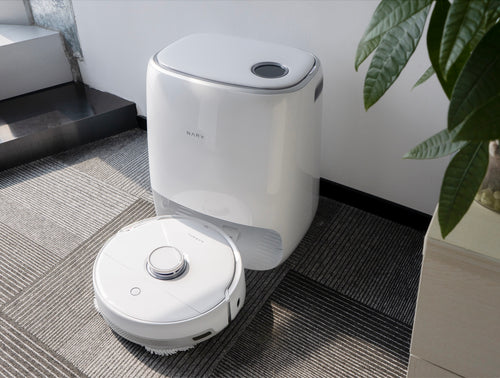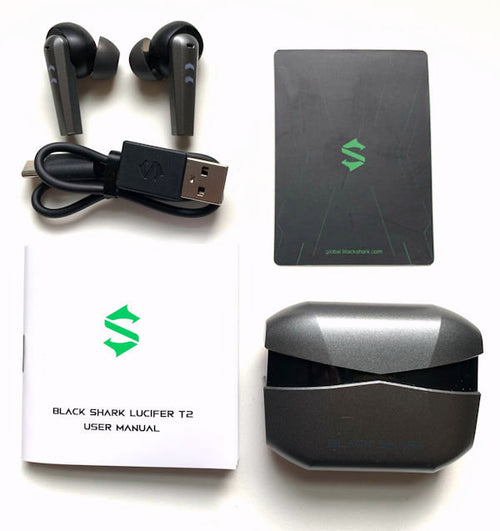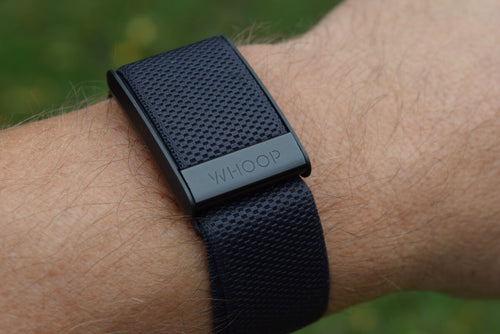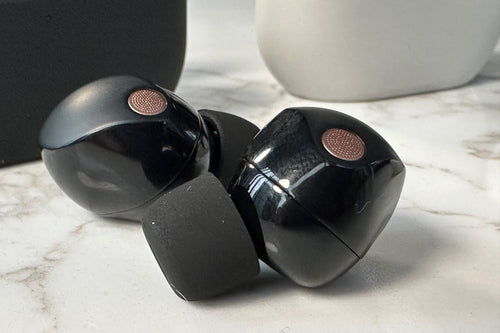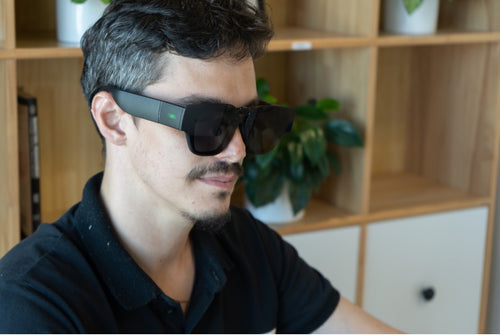Switching to USB-C: Everything You Need to Know
Last week, Apple took a step forward by announcing the iPhone 15 lineup with a noticeable shift: USB-C is in, and Lightning is out. While some might be mourning the loss of their beloved Lightning ports, this change has certainly shaken up the Apple universe, aligning the iPhone with other gadgets in the modern tech realm. Got a mountain of Lightning cables at home? Before you sigh in despair, let's explore why this might actually be a blessing in disguise.
Why USB-C is a Good Move for Apple (and You)
Apple’s transition to USB-C might seem like a mere compliance with the European Union’s directive for a standardized charging solution by 2024. However, this switch is more than just meeting regulatory demands. USB-C ushers in a world of simplicity. No more having a unique cable for your iPhone while your camera, Nintendo Switch, headphones, and laptop all happily share another. The dream of a single cable life is inching closer to reality!
The advantages are clear: reduced clutter, environmental benefits due to reduced cable production, and let's not forget the monetary savings when one cable suffices for multiple devices. With Apple's jump onto the USB-C bandwagon, the question that lingers is whether this is a long-term commitment or just a transitional phase before they embrace wireless charging completely. But hey, given Apple’s past moves (remember the headphone jack exodus?), let's cherish the USB-C while it lasts.
Read more: iPhone 15 Pro upgrades revealed: Is It Worth the Wait?
Managing Legacy Devices
Apple's move to the new port hints at the eventual phase-out of Lightning accessories. But what about the billion Lightning-dependent iPhones still out there? Fear not. The world won’t run out of Lightning cables overnight. Retailers like Amazon will likely stock them for years to come. However, a little forward-thinking might not hurt. Perhaps snag an extra Lightning cable or two on your next shopping spree, just in case they start becoming rare collectibles!
Do You Really Need the New iPhone?
The new USB-C port, while convenient, isn’t the sole reason to upgrade to the iPhone 15. Apple's newest addition has its merits, but if your current phone serves you well, the new charging port alone might not justify the splurge. Don't succumb to the siren call of the USB-C unless you have weightier reasons to upgrade!
All About Chargers
If you've purchased a MacBook since 2015 or an iPad Pro after 2018, you're in luck! Their chargers will be perfectly compatible with the iPhone 15. But if you find yourself staring at older chargers and thinking, “Will this do?”, here's a tip: A 20W USB-C charger is your best bet. If you’re starting from scratch, don’t just grab the cheapest USB-C cable from the digital shelf. Quality matters. Aim for those with USB-IF certification for both safety and performance.
MagSafe and iPhone 15: A Match Made in Heaven?
Wireless charging is all the rage, and with MagSafe, Apple has brought some innovation to the table. While MagSafe is a delightful convenience and aesthetic pleasure, when it comes to pure charging efficiency, USB-C still reigns supreme. The beauty of iPhone 15 is that you have options - use the wired USB-C for a faster charge, or go wireless with MagSafe when you're feeling fancy.
USB-C's World of Possibilities
With USB-C, you're entering a universe filled with countless dongles, docks, and adapters. While Apple offers its USB-C cables, there's a world of third-party options that provide the same performance at a fraction of the price. And for those attached to their cars, it's time to rethink how you'll integrate your iPhone with Apple CarPlay. The future might be wireless, but for now, a good USB-C cable will ensure your drives are filled with your favorite tunes.
Embracing the Universal Standard
While Lightning had its charm, USB-C is undeniably the future. This connector can handle data transfer at blistering speeds and works harmoniously across devices, making it the champion of universal compatibility. However, with change comes responsibility. As we transition to the USB-C era, it’s crucial to consider the environmental impact. If you find yourself with redundant cables, consider donating or recycling them.
Conclusion:
In the ever-evolving world of tech, change remains our one true constant. Apple's transition to USB-C signifies the dawn of an exciting new chapter. As users, we are tasked with adapting, embracing, and maximizing these innovative shifts. Celebrate the era of fewer cables, swifter charging, and a more organized tech drawer. And if you have insights, hacks, or tips about this USB-C transition that we might have missed, we invite you to share your expertise with the Heyup community. Together, we'll navigate this USB-C Apple epoch with ease and enthusiasm!
